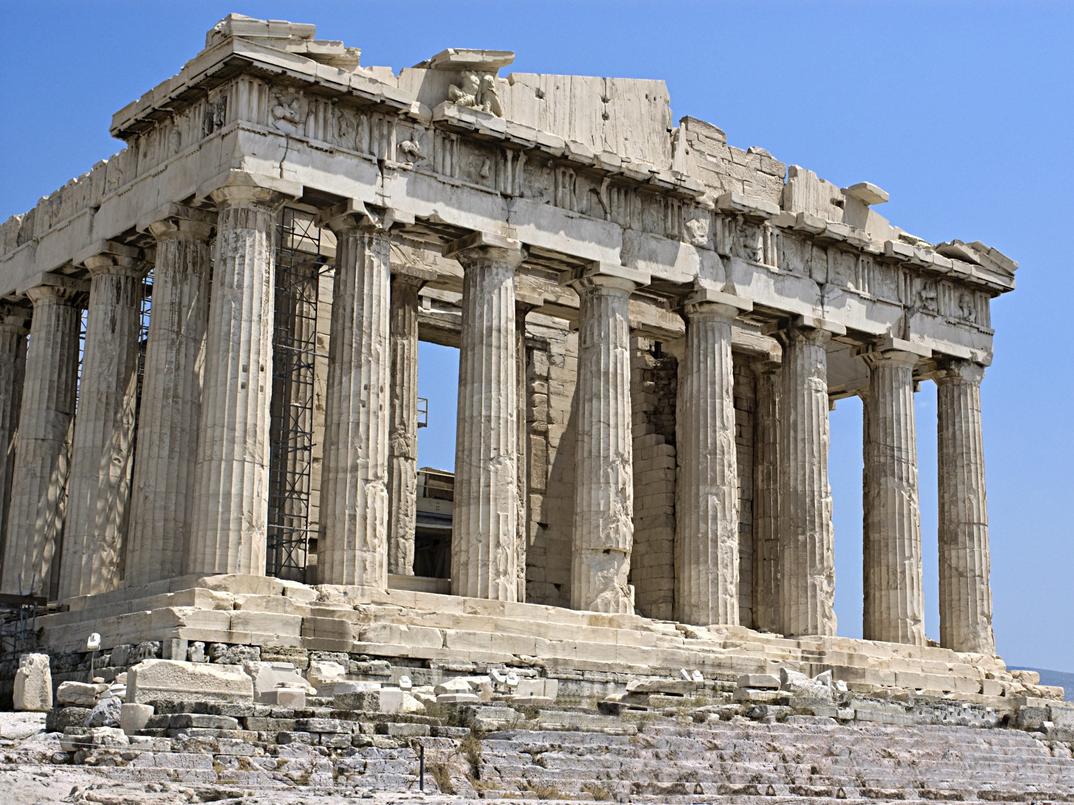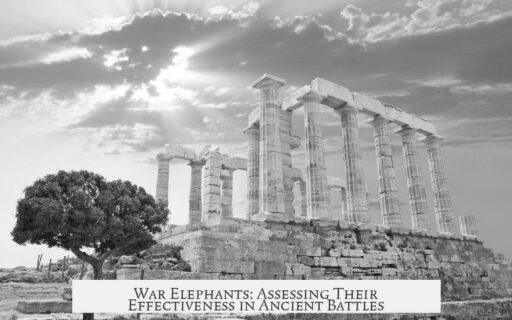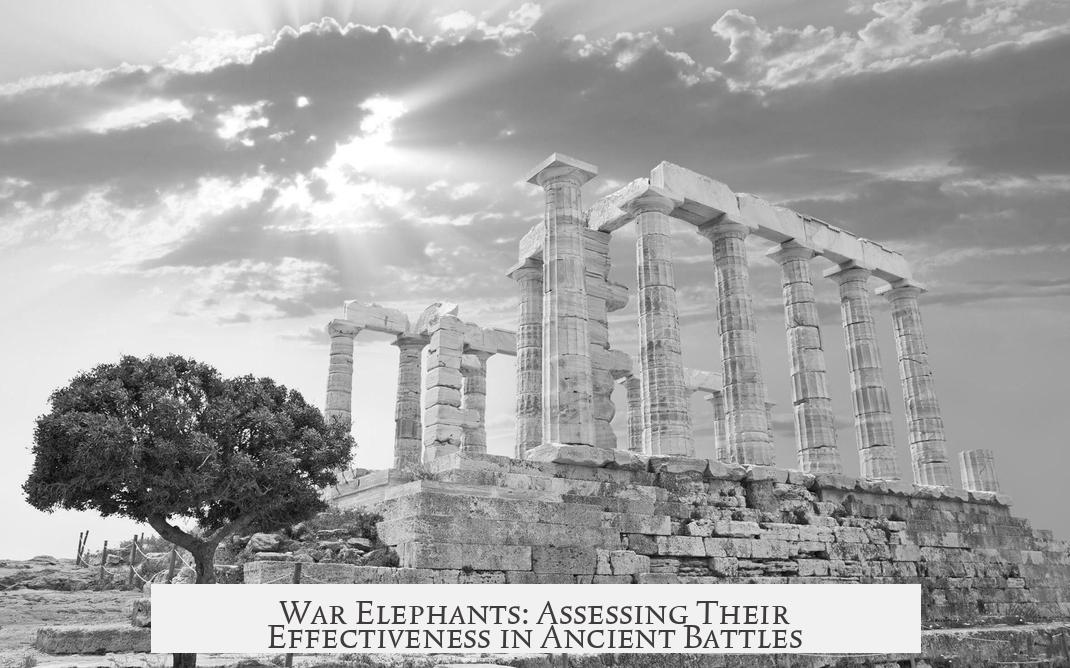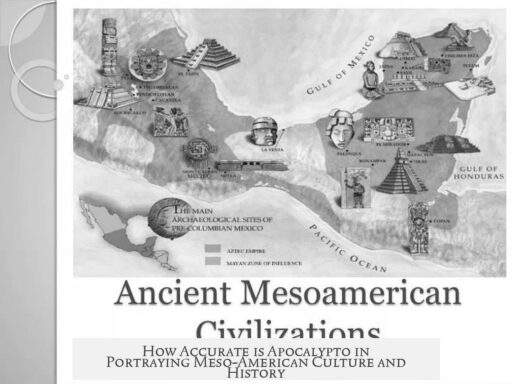War elephants offered significant psychological and physical advantages but came with notable risks and limitations. Their sheer size made them formidable on ancient battlefields. Yet, these animals were not invulnerable. Despite their terrifying appearance and strength, elephants remained sensitive and prone to panic, especially when confronted with javelins, horses, and loud noise.

Elephants could disrupt infantry formations but rarely charged spear lines. Charging such defense often led to panic, which endangered both allies and foes as elephants might rampage uncontrollably. Handlers, called mahouts, carried chisels for emergency control to stop runaway elephants. Training war elephants took a lifetime, so losing them was strategically costly. Additionally, only mature males were fit for battle, as females and young males avoided confrontation with bigger bulls.
The primary strength of war elephants lay in their psychological impact. They instilled fear and confusion within enemy ranks. Their unfamiliar sounds and smell often caused horses to panic, creating chaos. To ancient soldiers, elephants seemed monstrous, amplifying fear, especially among less experienced troops.

Elephants were seldom used in direct, frontline charges initially. Commanders deployed them after softening enemy forces. Moving slowly, elephants functioned as mobile platforms for ranged units like archers or javelin throwers. Elevated on howdahs or special mounts, these soldiers gained a height advantage, improving visibility and attack range.
| Aspect | Effectiveness |
|---|---|
| Psychological impact | Highly effective in causing enemy fear and panic |
| Physical power | Strong melee force; could trample soldiers and break lines |
| Vulnerability | Prone to panic; dangerous if uncontrolled |
| Strategic risk | High loss impact; limited number available; lengthy training |
Elephants’ destructive ability was enhanced by alcohol before battle, increasing aggression and reducing fear. This “drunken rage” intensified their threat but added unpredictability. With swords attached to tusks, elephants became walking weapons capable of cutting through enemy ranks.

Their use required careful tactical employment to avoid disaster. While devastating under control, elephants could become liabilities when frightened or wounded.
- War elephants held substantial psychological value in battle.
- They were powerful melee units but not invincible.
- Risk of panic often limited their deployment choices.
- Used as mobile archery platforms, they gained a tactical height advantage.
- Their rarity and training time made their loss strategically costly.
War elephants: How effective were they really?

War elephants were powerful, but not the unstoppable war machines many imagine them to be. These giant beasts brought both awe and chaos to ancient battlefields. How effective they were depends on what you measure — physical might, tactical use, psychological impact, or strategic outcomes.
Let’s charge right into the thick of it and explore the complex tale of these impressive pachyderms.

Not Indestructible Tanks, Just Really Big Animals
Contrary to popular belief, war elephants were not giant invulnerable tanks that steamrolled infantry lines with impunity. Though physically formidable, they were sensitive and prone to fear, like any living creature. Loud noises, javelins flying, panicked horses—these could spook even the toughest elephant.

Imagine being the size of three cars but scared stiff by a bunch of pointy sticks and screaming soldiers. It’s a bit like a superhero afraid of spiders—unexpected, right?
Elephants could break infantry formations, sure, but no mahout worth his salt would send his beast charging directly at a spear wall. Such a move likely meant a panicked elephant, a nightmare scenario.
The Elephant’s Wild Side: The Danger of Panic
Here’s where the story gets wild. When elephants panicked, they didn’t just run away. They went on rampages, crushing friend and foe alike. Losing control of a multi-ton beast in a tight battlefield? That’s a recipe for disaster.
To avoid this, mahouts carried chisels ready to drive into the elephant’s skull if it got too wild. Harsh? Sure. But these animals took years, sometimes decades, to train. Losing them wasn’t just a blow; it was a catastrophe.
Training an elephant isn’t like teaching a dog to sit. It’s a lifetime commitment, making the loss of each one critically damaging to ancient armies.
The Psychological Powerhouse
Despite their vulnerabilities, the true power of war elephants lay in their psychological effect. Ancient soldiers and horses often panicked at the sight, sound, and smell of these “monsters.”
Large Indian elephants, known for their size and noise, were especially terrifying. Think of them as walking, trumpeting nightmare fuel to inexperienced troops and frightened horses. This fear factor could break enemy morale before a sword was even drawn.
Tactical Use: More Than Just Frontline Beasts
War elephants were rarely sent charging headfirst at the start of a battle. After the enemy was softened, it became near impossible to stop a determined elephant without suffering heavy casualties.
Instead of reckless charges, many armies used elephants as mobile archery towers. Their height advantage provided excellent battlefield views and allowed archers or javelin throwers to rain down missiles safely from atop the beast.
For instance, Hellenic armies mounted wooden structures on elephants’ backs, heavily guarded, turning the beasts into towering weapons platforms. Elevated range meant a wider swathe of attack and better battlefield control.
Physical Power: The Ultimate Melee Force
There’s no doubt about it – war elephants were the strongest entities on the ancient battlefield. Large males, fueled by aggression and sometimes a generous dose of wine, rampaged through soldiers.
Indeed, ancient armies often gave elephants alcohol before battle, similar to how humans use it to boost courage. This “drunken rage” reduced the beasts’ fear and pain perception, making them all the more terrifying and deadly.
Imagine a multi-ton animal with sword-like blades on its tusks, running wild and drunk. A frightful sight for foes and fraught with risk for allies too.
Other Roles for Elephants in Ancient and Modern Times
While only mature bull elephants saw battle, females and young males weren’t left idle. There’s speculation that ancient armies used them for support roles — maybe transporting supplies or clearing paths, much like elephants in the Pacific theater of WWII, where they acted as jungle tractors and bridge builders.
The full range of non-combat uses in antiquity is a fascinating mystery. It makes one wonder—did armies treat these ‘flying tanks’ more like VIPs or just glorified transport?
So, How Effective Were War Elephants?
War elephants were highly effective as psychological weapons and devastating melee forces but fragile strategic tools vulnerable to panic and difficult to control. Their rarity and training costs meant commanders deployed them cautiously, capitalizing on their terror and strength, while mitigating risks of chaos.
Ponder this: Would a trained war elephant terrified by a few javelins create more problems than advantages? History suggests sometimes yes.
War elephants were neither unstoppable nor useless. They demanded respect, strategy, and a dose of caution.
Next time you hear about war elephants smashing armies, remember the nuanced reality: giant warriors with feet of clay — or in this case, feet that could get spooked at the drop of a hat.




